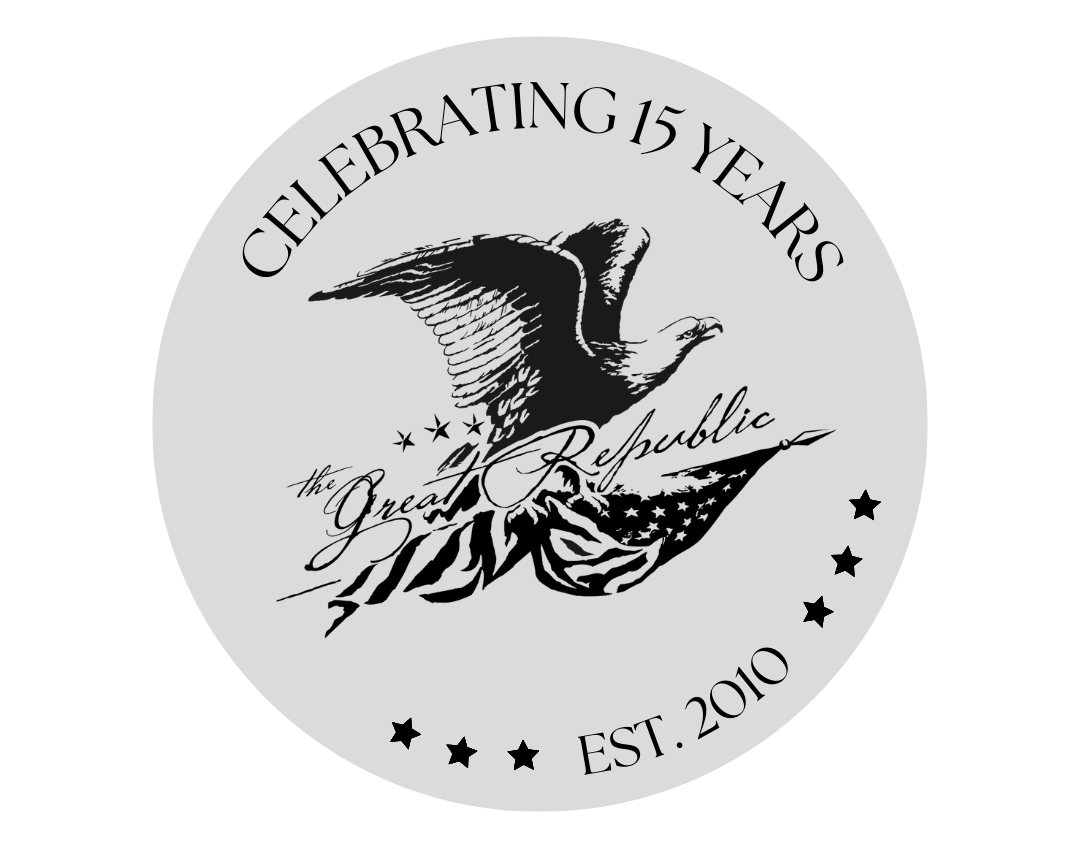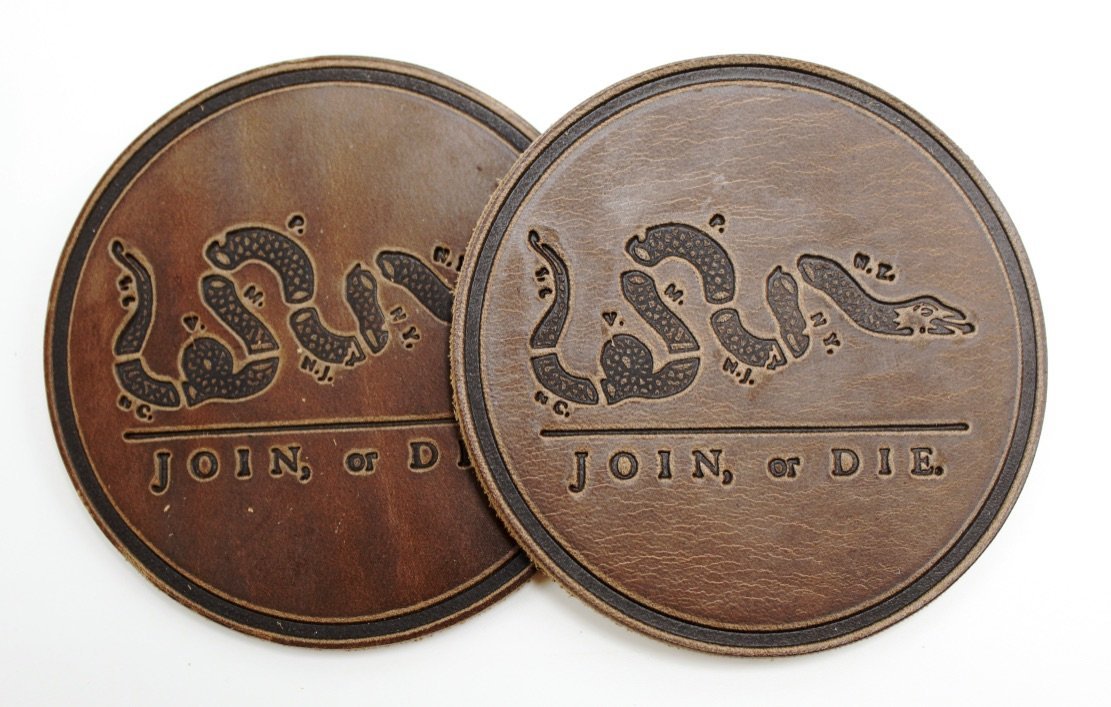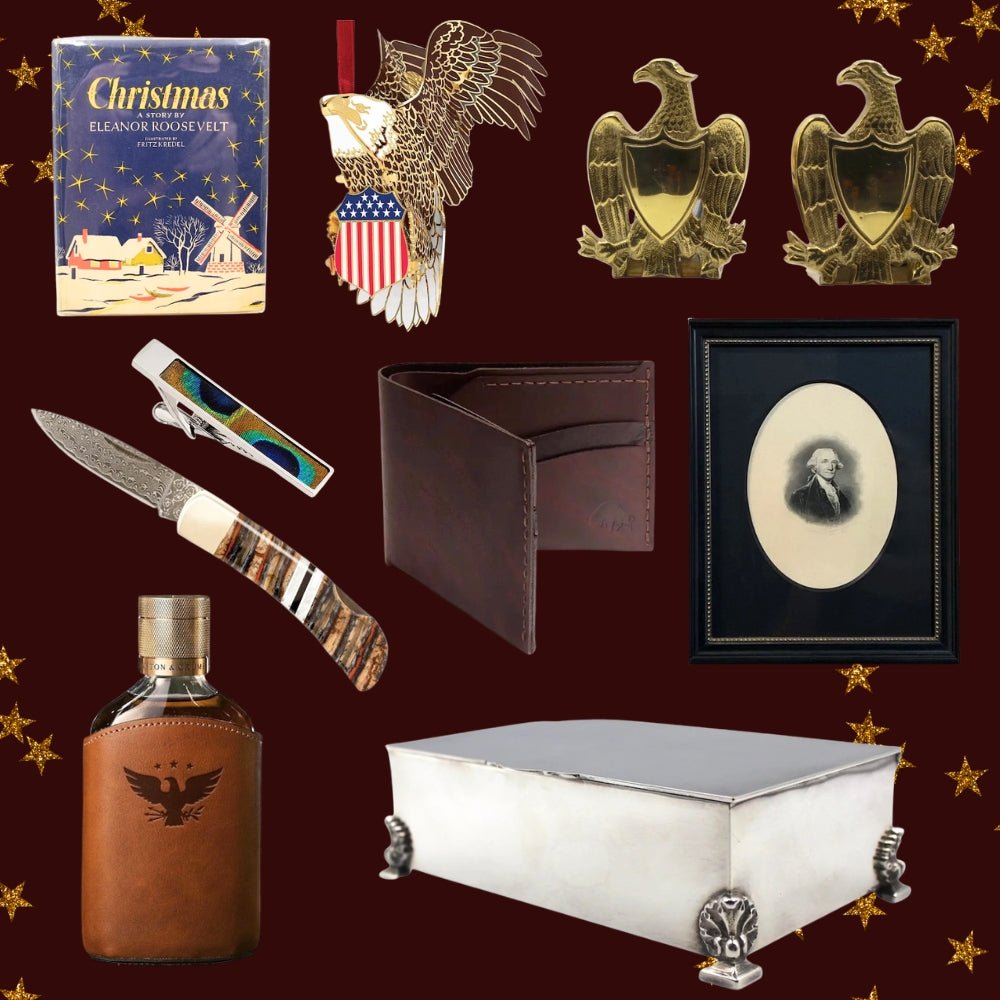Collecting Antique Flags
Perhaps one of the most up-and-coming collecting genres today, antique flags are incredible pieces of American history. With flag prices skyrocketing at auction, this collector’s item is surely a unique and profitable investment piece.
Many new collectors are surprised to discover that the American flag was not standardized as it is today until 1912. When America was fighting for independence, the colonists were not united under one flag. It was not until June 14, 1777 when the Second Continental Congress defined the American flag by resolution as “13 stripes, alternate red and white,” and that “the union be 13 stars, white in a blue field, representing a new constellation.” Though the basic parameters of the flag were set, the order still left a great deal up to interpretation. This is why antique American flags can look extremely different from one another. With varying star counts, unique patterns, and differing production methods, American flags are stunning items to collect.
Know what you’re looking for
Because there are so many details of an antique flag, it’s crucial to learn more about the pieces you are looking to collect. Understanding the statehood date of a flag is a place to start, as over the years when states were added to the Union, the flag changed and updated. Statehood dates have a very strong influence on the style and look of the flag. In some years, when multiple states were admitted at the same time, the flag jumped in star count significantly. This had a significant impact on the styling of the canton; styles that were popular with fewer stars may not have been possible with greater star counts.
You may not know exactly what you're looking for, but knowing what you're looking at is crucial. Many collectors don’t necessarily know what they are searching for before they find it. However, knowing what kinds of flags you would like to collect, like whimsical patterns, hand-made varieties, or uniform row patterned flags, can assist in your shopping. Knowing these style preferences can help us find you the flag that fits your budget and aesthetic style. Many collectors also collect based on star count, so someone from Nevada may look purely for 36-star flags in different varieties.
Hand-sewn versus printed
There are primarily two types of flags: hand-sewn and printed. Hand-sewn, or handmade, varieties were homemade by individuals. Many times, these individuals lacked any kind of formal training, and instead designed configurations that they were interested in designing. Following the simple parameters of 13 red and white stripes and white stars against a blue canton, these artists and seamstresses had the liberty to experiment. Some patterns were common depending on the star count, like a linear row pattern or double medallion pattern, and others were more obscure and less frequently produced due to costs, like the Great Star pattern. Hand-sewn flags of the 18th, 19th, and 20th centuries are frequently considered pieces of American folk art, rather than purely patriotic memorabilia.
Hand-sewn flags were not always produced for private use. Many Navy ships and commissioned boats utilized sewn flags for their masts. The zig-zag stitch was a revolutionary stitch pattern that held together even in the face of sea winds. Thus, sewn flags were commonly produced for long-term use. The stitching ensured a sturdier hold, and some seamstresses would update flags with additional stars as states were admitted to the Union over the years.
Printed flags are a different story. Produced primarily by the U.S. government or larger flag-making companies rather than private individuals, these flags were often symmetrical and orderly, in comparison to handmade variations that included hand-cut stars and patch work. Even though these flags were printed, it does not mean that the star counts were not experimental. Produced across the country, these flags did not follow a single pattern until the official flag order in 1912. Even flags with the same star count did not necessarily look anything alike. Printed flags can also be referred to as parade flags, as they were designed to be waived on wooden dowels or carriages during patriotic parades. Thus, printed flags were frequently printed on thinner materials and would have been easily disposed of. Finding printed flags in very good condition can be difficult, which makes these two flag varieties equally as desirable.
Finding your perfect flag
For new collectors, we suggest narrowing down your options with some research. The more obscure and unique the design, the more desirable and expensive the flag tends to be. Handmade flags or obscure printed flags can be more rare depending on when they were produced, like this 34-star, Great Star pattern flag produced at the beginning of the Civil War. There were so few flags produced during this period, as the country had become divided in two, and flags with such a design were even more rare.
For someone looking to start with flag collecting, but on a budget, some of the more recent varieties can be more easily accessible. In many ways, unofficial flags from around 1877-1889 are a great “bang for the buck” option. These flags, with star counts 39-43 were designed by flagmakers in anticipation of the next official flag variant after Colorado was admitted to the Union in 1876. However, the next flag did not come about until 1890, when at the same time 5 different states were admitted in a single year. Thus, the next flag after 38-stars was not 39-stars, but was 44! Flags with star counts between 39-43 are not very common, because they were never “officially” produced, and are most likely in very good condition as they would not have been flown.
Whether you're on the hunt for very unique designs, or pieces that are more simple, we can help you find the perfect flag for you. We frame almost all of our flags, and when we do, we do so according to conservation standards with archival materials. This allows flags to remain in the same condition as you buy them.
39-Star American Flag Printed on Cotton with Whimsical Star Pattern
Investment opportunities
Flags are perhaps the most up-and-coming collection piece in the world of antiques. Where the antique collecting world used to be centered around first edition prints, flags are taking over auctions and rising to very high prices. This may be due to an increased interest among a new generation, patriotic motives, or simply a desire to invest in a previously untapped market. When buying flags for investment, we suggest searching for pieces that have been well maintained. Flags that were folded for a long period of time and were sitting somewhere without proper attention can become brittle, moldy, or may deteriorate. Preserving your flags is half of the job, and we suggest framing, or buying them framed, according to conservation standards to ensure that your flag can be resold. Conservation framing includes UV protective glass and acid free matting. Keeping the flags away from direct sunlight and heat is also important to ensure that they are kept at the proper temperature and exposure.
Right now, we see all kinds of flags fetching high prices at auction. The market is consistently growing, and flags of all shapes and sizes are desirable. However, many auctions are seeing the highest numbers for flags with unique cantons, rare rare counts, and large sizes. If possible, look for pieces that match these parameters and hold onto them with the intent to resell at a time when the market hits its peak.











